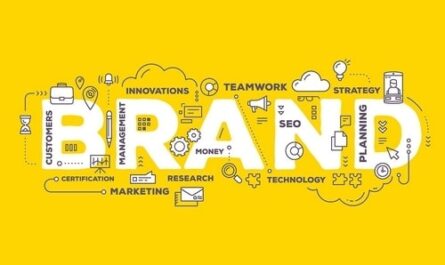Market research is at the heart of any massive marketing campaign, and it’s an easy method to gain a deep understanding of your industry, customers, and competitors. Every market research project can be categorized into one of four broad types of market research and as well as students get marketing assignment help.
We’ve broken down the types of marketing research to make it easier to purify your marketing research efforts and ensure you have all the necessary data and information to increase your marketing strategy and make them successful.
Research Categories: Primary And Secondary.
Getting data points leads to underlying conclusions that can be highly telling.
Primary and secondary research techniques are two methods for gathering data in marketing research.
Primary Research
Primary research is collected directly in contrast to research that has already been acquired from another source. Typically, primary research is conducted solely to test a theory, and for it to be reliable, it must undergo extensive testing and analysis.
There are a variety of strategies you may use to test a new idea or product using primary research.
Tactics used in primary marketing research include:
- Focus Groups
A focus group is a gathering of people from various backgrounds who join together for a guided discussion. Focus group participants’ reactions, sentiments, and beliefs are researched to a specific product, service, or concept.
- Online Surveys
An online survey can be used to gather information from a large number of people. Using multiple-choice, true or false, and short response statements in a survey helps gather together inconsistent results for analysis. Because surveys are anonymous, they are often more honest than other primary research methods.
- One-on-One Interviews
A one-on-one interview can provide depth of information that a focus group might not be able to provide. Interviews provide in-depth information and clarification on the topics being covered. For an interview to be successful, the dialogue must be open, judgment-free, and conducted in a casual setting.
- A/B Testing
A/B testing is a method of comparing two options to see which is more effective. It aids in determining which plan is most effective while removing the element of the guesswork from campaign development. To run an A/B test, you’ll need a defined aim, measurable outcomes, and one variable to test.
- Competitive Analysis
You can’t expect to outperform your competitors if you don’t know what they’re doing. A competitive analysis sorts out a competitor’s strengths and flaws to see where the opportunities to outperform them exist in customers’ eyes. Where do your competitors’ products meet the needs of their customers, and where do they fall short? The benefit of a competitive analysis is that it may help you answer this question.
Secondary Research
Secondary research relies on existing sources to construct a picture of what’s going on in the market.
This information is both historical and non-original, and it can lead to significant conclusions about an industry, customer, and competitors when taken as a whole. Secondary research of this nature might be found in a variety of places.
Secondary marketing research techniques include:
- Public Sources & Records
Previous primary research provided public sources and records. Drawing conclusions from this study’s findings is a reliable method, and libraries and educational institutions, and reputable websites collect this information. Because the data have already been summarised and compiled, this type of research takes less time to review.
- Industry Trends
Advertising is influenced by relevance. Industry trends help to keep a campaign fresh and exciting. Industry trends influence any company’s growth. Being aware of rising market trends puts you ahead of the competition.
- Sales Data
Examining sales data is one of the most effective ways to learn more about your current consumers. This historical data helps you notice hidden connections between sales. Leading tracking systems such as Salesforce, PinPoint, and HubSpot automate the data collection and tracking process.
Classification of Research: Qualitative or Quantitative
The qualitative and quantitative data of primary and secondary marketing research are separated.
Interviews, focus groups, and industry trends are frequently used in qualitative research. Quantitative research is based on numerical data, typically collected through online surveys, sales data, and A/B testing.
For a well-informed campaign approach, we advocate combining qualitative and quantitative research efforts.
What kinds of market research should your company conduct?
It is dependent on the questions you must answer.
- Secondary research aids in the evaluation of overall markets and the identification of trends.
- Phone interviews allow you to focus on specific people, and you can learn a lot about people’s needs, attitudes, plans, and reactions.
- You can use surveys to bridge the gap between the two. Let’s say you’ve identified a service you can offer to clients who fulfill a specific description. What proportion of the market meets that description?
You can acquire practical answers to these types of problems by conducting research. It’s no surprise, then, that companies that conduct systematic market research often have a significant competitive advantage.


